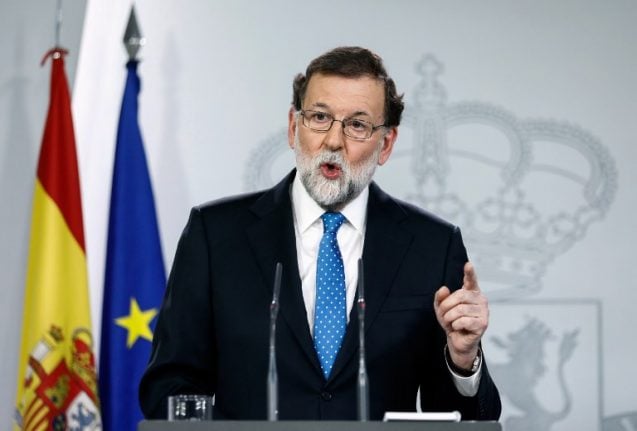“This year, 2018, we will have a growth forecast of at least 2.5 percent, with the creation of 400,000 jobs,” he told a conference in Madrid.
In October, at the height of an attempt by Catalan leaders to break from Spain that caused huge economic uncertainty, the Spanish government had downgraded its 2018 growth forecast to 2.3 percent.
Last month, though, official data showed the Spanish economy had grown more than three percent in 2017 as a record year for tourism and booming exports contained the impact of the Catalan crisis.
And on Thursday, Rajoy upgraded the growth forecast for 2018 for the eurozone's fourth largest economy.
He said that Spain in 2017 recovered GDP levels only previously seen before the severe economic crisis that hit the country from 2008.
READ: Seven facts that show the dark reality of Spain's economic crisis
At 16.5 percent, however, the jobless rate remains the second highest in the eurozone after Greece, even if it has dropped from a crisis-high of close to 27 percent.
The secession crisis in Catalonia, a region that accounts for close to a fifth of Spain's GDP, has raised economic concerns but its impact has been limited so far, causing a slight slowdown at the end of last year.
But more than 3,200 companies have transferred their social headquarters out of the region, and the crisis isn't over.
Rajoy put the semi-autonomous region under direct rule from Madrid after the Catalan parliament declared independence on October 27 and called snap elections.
But separatist parties retained their majority in the polls, and they are currently negotiating among themselves over how to form a regional government given deposed Catalan leader Carles Puigdemont, in self-exile in Belgium, faces arrest if he returns to Spain.



 Please whitelist us to continue reading.
Please whitelist us to continue reading.